One of my favorite things about London, is how easy it is to get around. This is mostly due to the UndergrounD (the Tube) and the bus system. Both of these are governed by Transport for London (TFL). With an easy to use internet site www.tfl.gov.uk, and apps for your phone, you can check on any closures, plan your journey, and find out what route to take before you leave home.
However, when staying in London it is best to acquire a pocket-sized map to allow you to plan your journey. These can be picked up at any tube station (for free). If you haven’t gotten one it isn’t a problem! Each tube station has large maps around for you to look at and plan.
Navigating the tube is also easy. I have never gotten on the wrong tube, even after a night out, because the signs are amazing. Each line has a different name and different color, so if you can’t remember one you can usually remember the other. And at each platform the signs tell you the direction, the line, and all the stops along the way! Once on the train there are clear maps of the line you are on and all the stations that line covers. On exiting the Way Out is always clearly marked with yellow signs and the directions to other lines usually accompanies them.
Once you are street level there is usually a street map on a pylon with a You Are Here message. And off you go! It is easy!
Living here for 3 years now I have to say the public transport is easily one of my top 5 things I love about London. As an international, without a car or a British license, I can come and go as I please with minimal effort and time.
One key purchase, for all of 5 pounds, is an Oyster Card. This is essential for traveling around London. They work on all tubes and buses and also rail serves within the London area. I got mine at the tube station with my American credit card. You top up as you go, so it makes traveling simple and fast, not needing to buy a ticket every time. Also, your Oyster Card tops your journeys for the day at 7 pounds (5 pounds for student linked cards), meaning any journey after you have spent 7 pounds it is free!! A fun tip: if you are a student (or under 25) you can connect your Oyster Card to your 16-25 Railcard (around 30 pounds a year but worth it if you travel!!) and get discounted fares!
So if your in London for a short visit or a long one, it is easy to see all you want to see!
If you are interested, A Bit of History:
It all started with the Thames Tunnel Walk in 1842 to allow pedestrians more area to walk, this led to London increasing its travel-ability via underground systems. The first underground consisted of a railway system with steam engine trains. Dirty and grimy it must have been!
With an increase in tunnel technology, safety lifts, and electric trains the UndergrounD took off. Each separate route was owned by individual private companies, until they were combined when an American, Charles Yerkes, came across the pond from Chicago, and bought up the railways planned in 1902. This was the start of combining the main railways, the Metropolitan, District, and Northern into one company. Rapid expansion included the addition of the Piccadilly line and the combination of the Baker and Waterloo railways into the Bakerloo line. The Hampstead railway became integrated as the Charing Cross branch of the Northern line. The first escalator was introduced to Earls Cort station in 1911, and the Central line joined in the mix in 1913.
In 1908 the branding of the UndergrounD came about along with a color coded system of the trains. The iconic bulls-eye or round-all was introduced in 1911 and is now one of the most recognized signs in the world.
In 1933 the London Passenger Transport Board was founded and transferred these private railways into a public transport system run by the government. This also incorporated buses and bringing together of the separate railways. This was also the year Harry Beck came out with the diagrammatic map, which doesn’t take into account the geography. This was the first of it’s kind.
During war the underground was used by many as shelter and also some areas were used in aircraft parts manufacturing.
The Victoria line opened in 1969. And in 1971 the Piccadilly line was expanded to connect Heathrow to the city center, which was the 1st in the world to do this.
Not only convenient and relevant today, but the UndergrounD has quite a history leading to key innovations that have shaped modern transportation into what it is today. I for one am a big fan.
Till next time!
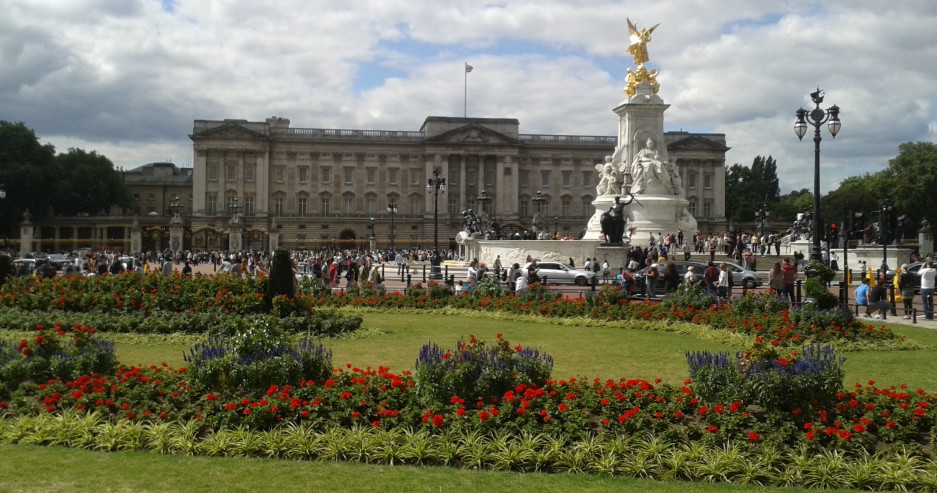


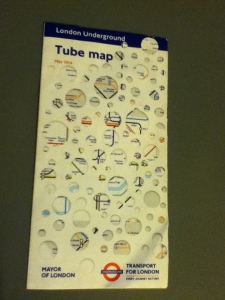
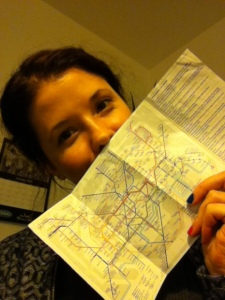


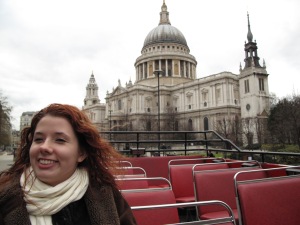


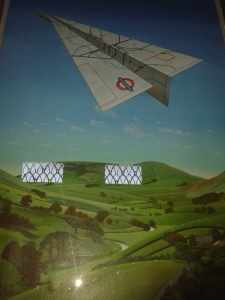





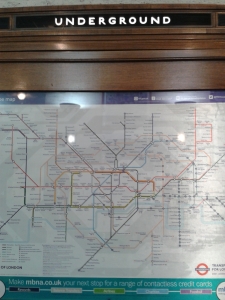


Looks complicated, though if you say it is easy, then I trust you!!!
LikeLike
It is Roe I promise! Harder to explain then to manage! 🙂
LikeLike
Mind the gap! Love the tube. Great post 🙂
LikeLike
Thank you!! Miss you!
LikeLike